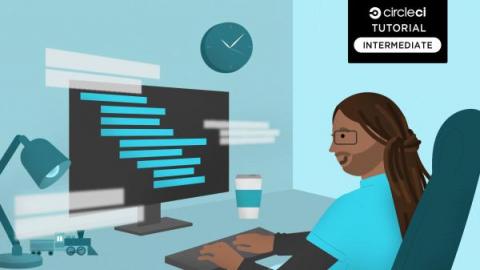Speed up XCUITest execution with parallelism and test splitting
In this article, I’ll show you how to reduce the execution time of XCUITest (UI tests on iOS simulators) by splitting and running them in parallel. Automated tests and CI/CD platforms like CircleCI are necessary for iOS application development. It is important not only to introduce them once but to improve them continuously. When application code grows and automated tests increase, the execution time of build and test in CI/CD gets longer.











